What is a Memristor?
So far, to design electronic circuits, passive elements like as capacitors, resistors, and inductors are used, but a fourth fundamental element also exists, which is called a “memristor”.
Memristance is simply charge-dependent resistance and the unit of the memristor is the ohm.
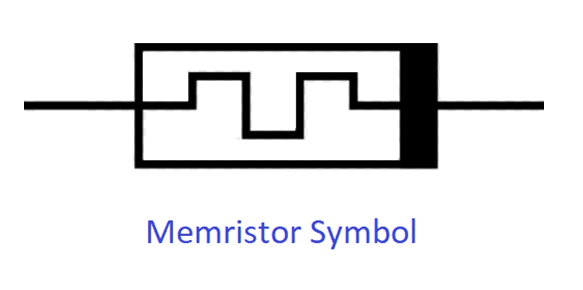
Principle
A memristor is a two-terminal electrical component. It limits or controls the flow of electrical current in a circuit and also remembers or recollects the amount of charge that has previously flowed through it. Memristors are important because they retain memory without power, and non-volatile.
Memristors is a semiconductor that joins a capacitor, resistor, and inductor to make a fouth new kind of element whose resistance is called as memristance that varies as a function of current and flux.
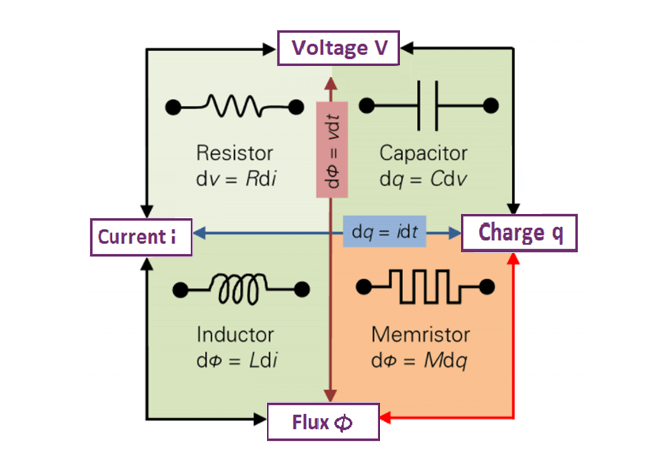
As per the theory, Memristors, a combination of “memory resistors”, is a kind of passive circuit element that maintains a relationship between the time integrals of current and voltage across a two-terminal element.
Hence, the resistance of a memristor varies according to access to a “history” of the applied voltage.
When the current flows in one direction the resistance increases, in contrast when the current flows in the opposite direction the resistance decreases. However, resistance can not go below zero.
When the current is stopped the resistance remains in the value that it had previously.
It means MEMRISTOR “ REMEMBERS “ the current that had last flowed across it.
Memristors, which are considered to be a subdivision of a group of resistive RAM, are one of several storage technologies that have been predicted to replace flash memory.
The analogy between the water pipe and memristor
A memristor is sometimes compared to an imaginary pipe that carries water. When the water flows in one direction, the pipe’s diameter expands and allows the water to flow faster-but on the other hand when the water flows in the opposite direction, the diameter of the pipe contracts and slows the water’s flow down.
If the water is closed or shut off, the pipe retains its diameter until the water is turned back on.
To continue the analogy, when a memristor’s power is shut off, the memristor keeps its resistance value. This would mean that if the power to a computer was cut off with a hard shut down, all the applications, files, and documents that were open before the shut down would still be night there the screen when the computer was restarted.
Current versus Voltage Characteristics
There is a linear relationship between current and voltage in ordinary resistors, so drawn between them results in a straight line. However, for memristors, the similar graph is a little more complicated.
The below graph illustrates the current vs voltage behavior of memristors.
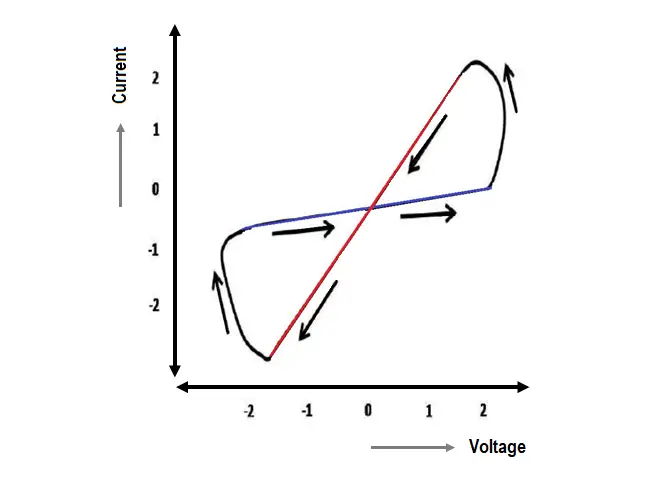
As we know the straight line is expected from most resistors, but the behavior of a memristor appears closer to that found in hysteresis curves related to the magnetic materials.
As per the above figure we observed above that two segments of a straight line are formed within the curve. These two straight-line curves may be interpreted as two separate resistance states.
Whereas, the remainder of the curve is transition regions between these two states.
Types of Memristors
- Spintronic memristor.
- Spin torque transfer magnetoresistance.
- Titanium dioxide memristor.
- Polymeric memristor.
- Spin mem system.
- Magneto memristive system.
- Rosnonant tunneling dioxide memristor.
Advantages of Memristors
- It is less expensive and faster than other devices like MRAM.
- There is more capacity to store more information.
- It does not lose information when the system is switched off.
- It has important information density.
- It produces less heat as it uses less energy.
- It has a greater data transfer rate.
- It uses a little amount of energy.
- It has the option to combined one short device, hard drives, and working memory.
Applications of Memristors
- Non-volatile memory applications.
- Digital circuits.
- Logic circuits.
- Biological and neuromorphic systems.
- Computer technology.
- Digital as well as analog memory.
Reference: Memristor networks by Andrew Adamatzky, Leon Chua
If you liked this article, then please subscribe to our YouTube Channel for Instrumentation, Electrical, PLC, and SCADA video tutorials.
You can also follow us on Facebook and Twitter to receive daily updates.
Read Next:
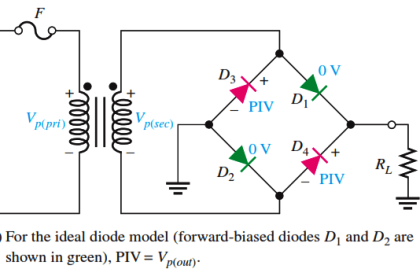
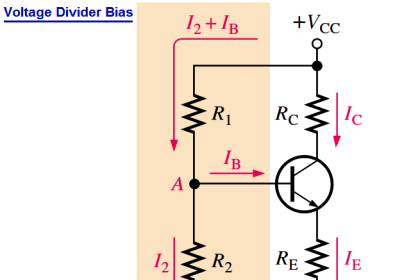
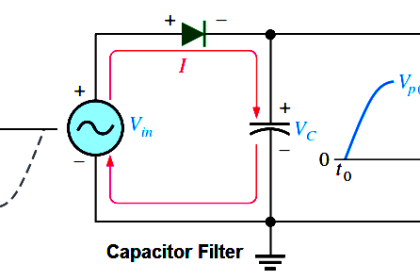
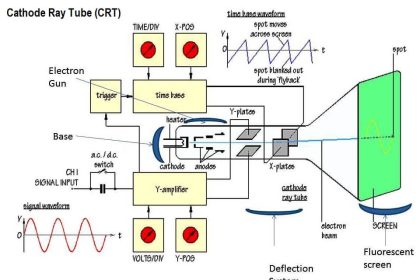
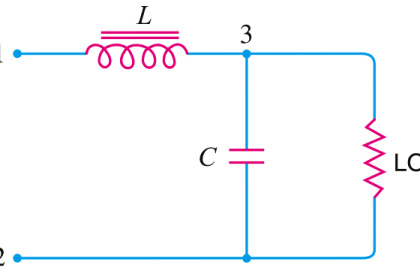
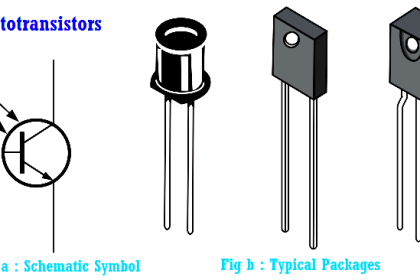
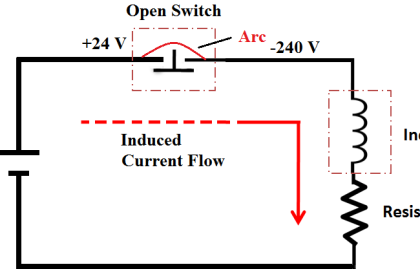
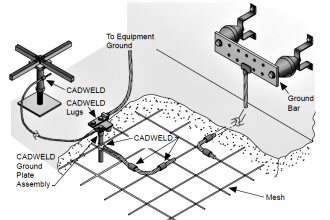



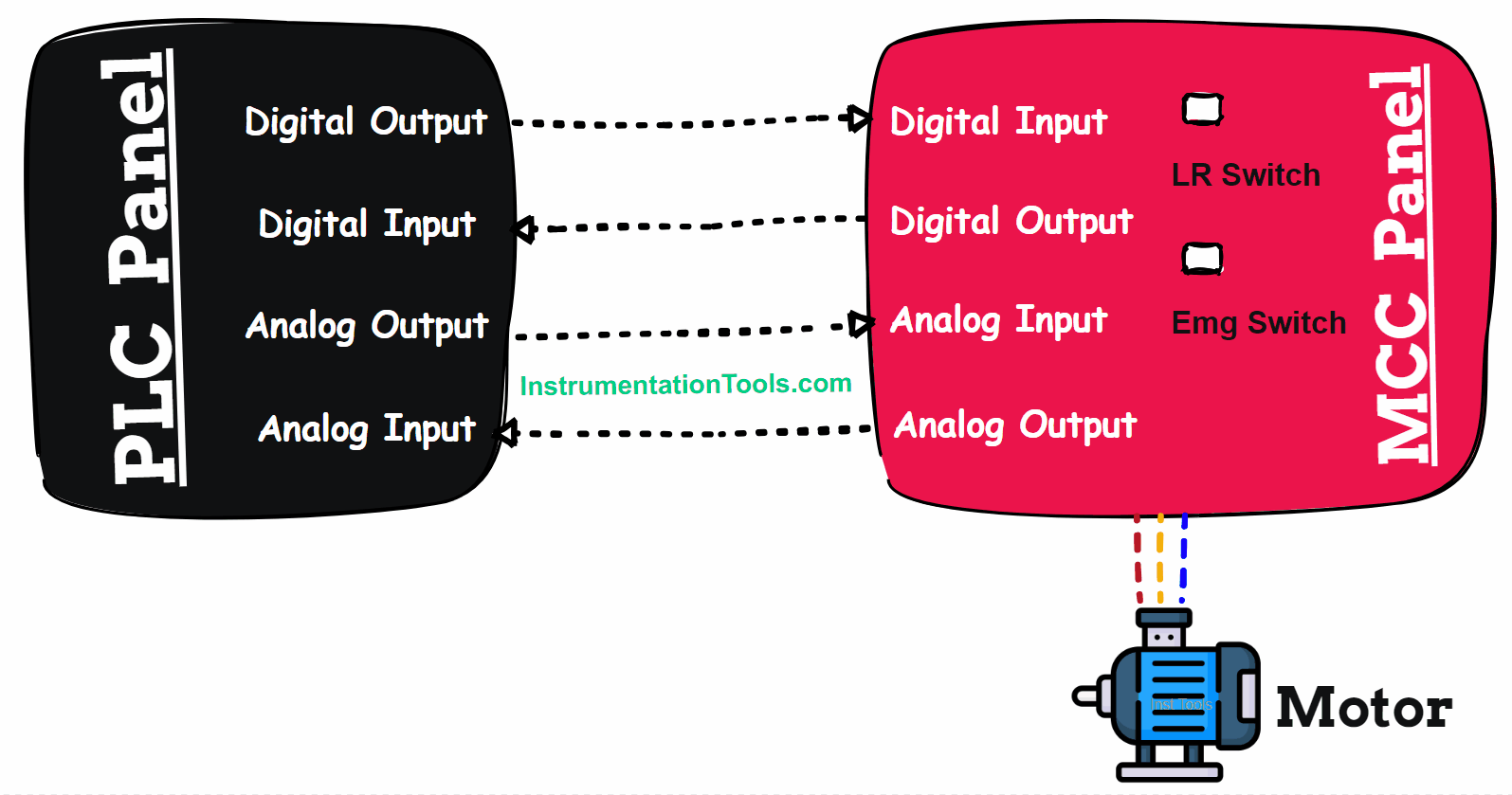
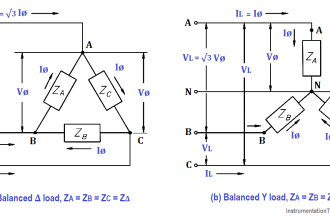

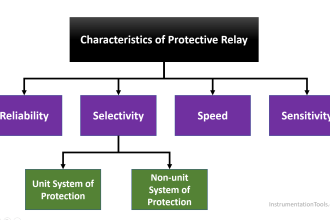

Clear and informative. Most explanations are not.